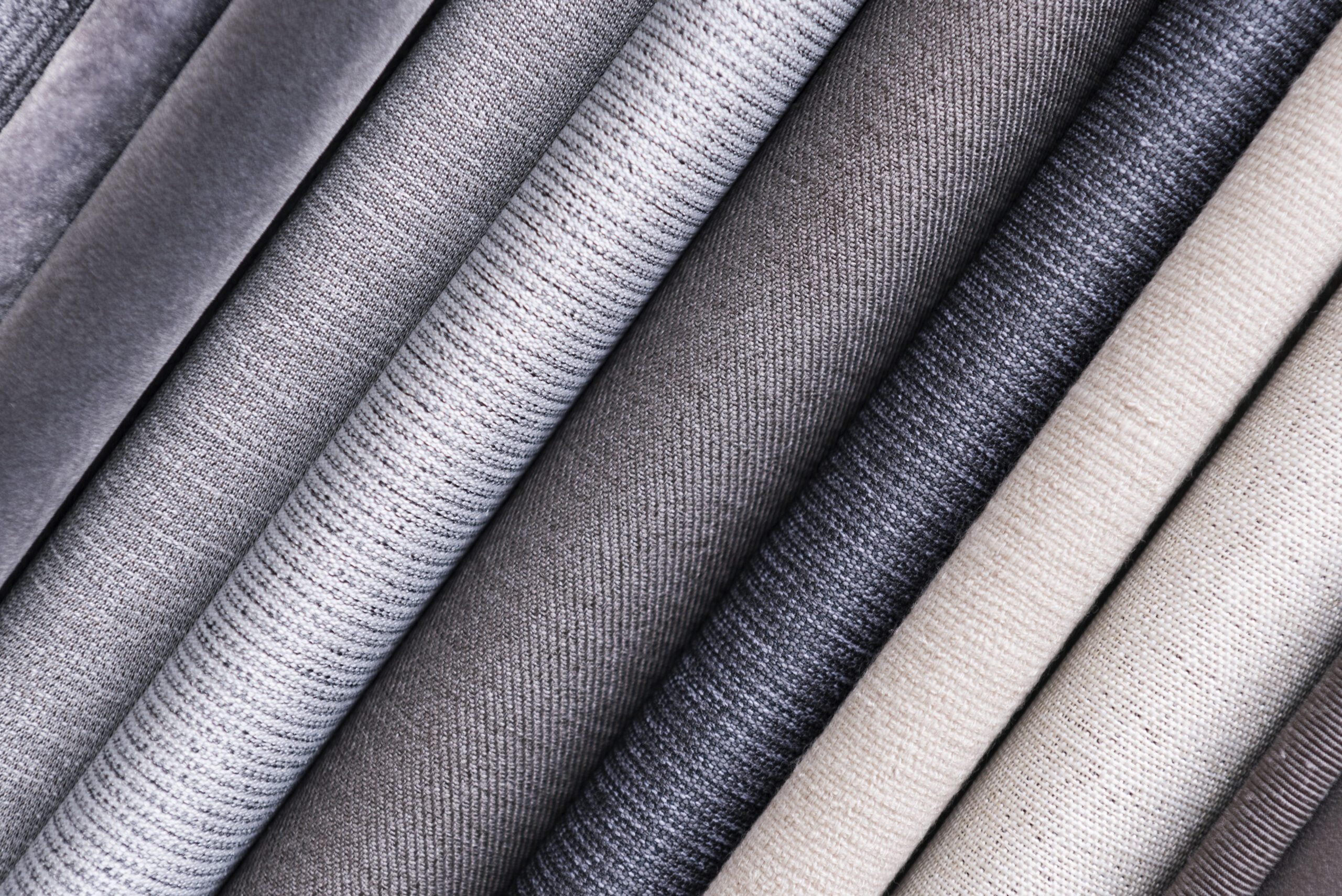Interlining fabrics are integral to the textile and apparel industries, providing structure, durability, and enhanced aesthetics to garments and other fabric-based products. As the demand for quality apparel and technical textiles grows globally, interlining fabric manufacturers and suppliers play a critical role in meeting these needs with innovative solutions and reliable supply chains.
This blog explores the leading manufacturers and suppliers of interlining fabrics, delving into their contributions, products, market strategies, and how they are driving the industry forward.
The Role of Interlining Fabrics in the Textile Industry
Interlining fabrics act as a supportive layer in garments, serving several functions:
- Reinforcement: Strengthens fabric and improves garment durability.
- Shape Retention: Maintains the structure of collars, cuffs, waistbands, and more.
- Aesthetic Enhancement: Creates smooth finishes, enhances drape, and eliminates wrinkles.
- Versatility: Used in casualwear, formalwear, sportswear, and technical applications.
The diversity of applications underscores the importance of interlining fabrics in global textile production.
Innovations Driving the Interlining Industry
A. Sustainable Practices
- Use of recycled polyester and organic fibres in interlining fabrics.
- Water-saving manufacturing techniques and renewable energy integration.
B. Advanced Adhesives
- Low-temperature fusing adhesives to minimize energy use.
- Pressure-sensitive adhesives for delicate and high-performance fabrics.
C. Smart Textiles
- Interlinings with integrated sensors for thermal control or moisture management.
- Development of antimicrobial interlinings for hygienic applications.
D. Lightweight Materials
- Innovations in lightweight interlinings for improved comfort in sportswear and casualwear.
- Enhanced elasticity for stretch fabrics and activewear.
Market Trends in Interlining Fabric Production
1) Increasing Demand in Emerging Markets
Rapid growth in textile industries across Asia, Africa, and South America is driving demand for interlining fabrics.
2) E-Commerce Expansion
The rise of online platforms has boosted apparel production, indirectly increasing interlining fabric demand.
3) Focus on Customization
Manufacturers and suppliers are offering customized interlining solutions to meet specific garment needs.
4) Global Supply Chain Resilience
Suppliers are investing in digital tools and diversified sourcing strategies to enhance supply chain reliability.
Challenges in the Interlining Market
1) Raw Material Price Volatility
Fluctuations in polyester and adhesive prices affect production costs and margins.
2) Regulatory Compliance
Stringent environmental regulations require significant investment in sustainable practices.
3) Competition from Low-Cost Producers
Global competition from emerging markets puts pressure on pricing and innovation.
4) Supply Chain Disruptions
Events like the COVID-19 pandemic have highlighted vulnerabilities in global supply chains.
Future Outlook for Interlining Fabrics
1) Market Growth
The interlining market is projected to grow at a CAGR of 6-7% due to increasing demand for premium and functional textiles.
2) Sustainability Integration
Manufacturers adopting eco-friendly practices and materials will gain a competitive edge.
3) Technological Advancements
Smart textiles, lightweight materials, and advanced adhesives will shape the future of interlining production.
4) Regional Expansion
Emerging markets in Asia, Africa, and Latin America will drive growth and innovation.
Interlining fabrics remain an essential component of the global textile industry, providing the structural and aesthetic qualities needed for modern garments. Leading manufacturers and suppliers like Chargeur Interlining, Wendler Interlining, and Freudenberg are driving the industry forward through innovation, sustainability, and a commitment to quality.
As the market evolves, collaboration between manufacturers, suppliers, and apparel brands will be critical to meeting the demands of a rapidly changing global landscape. By focusing on sustainable practices and embracing new technologies, the interlining industry is poised for a dynamic and promising future.


Leave a Reply